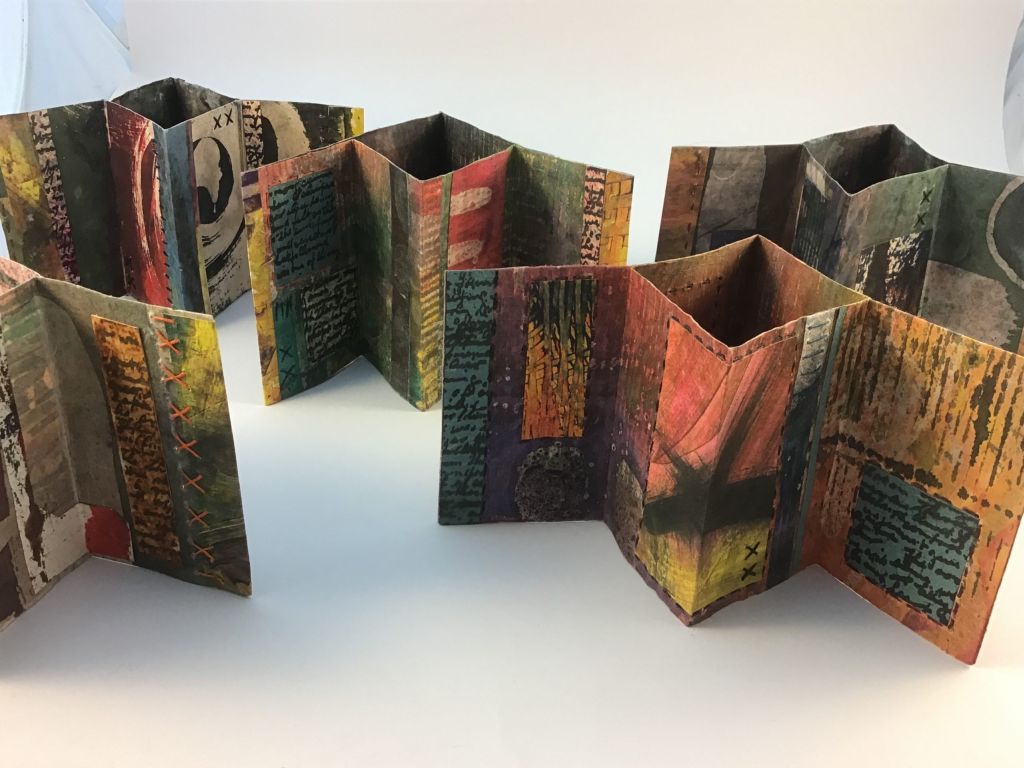Literature is often viewed as a mirror, one that reflects the cultural, social, and political dynamics of its time. Through novels, poems, and plays, writers provide a lens into the intricate layers of human experience, unveiling the values, beliefs, and struggles of their societies. But literature doesn’t just passively reflect culture—it interacts with it, shaping and reshaping collective identities and perspectives.
From ancient oral traditions to modern-day novels, the interplay between literature and culture is as vibrant as it is complex. The question “how can a work of literature reflect a cultural perspective?” offers a gateway into better understanding the narratives that define and challenge societal norms. This article explores the ways literature reflects, shapes, and critiques culture while celebrating the diversity of identities represented in written works.
The Role of Literature in Reflecting Culture
Literature as a Historical Record
Literature often serves as a time capsule, preserving the cultural nuances of a particular era. Stories such as Charles Dickens’ Oliver Twist give readers a vivid glimpse into Victorian England’s class struggles, economic disparities, and social reform efforts. Similarly, the Ramayana and The Iliad are rich with references to their cultures’ traditions, gender roles, and societal structures.
Through these works, readers gain insight into how people lived, what they valued, and the challenges they faced. Writers capture the essence of their world, preserving details that might otherwise fade with time.
Reflecting Regional and Cultural Identity
Literature allows writers to explore and affirm their cultural identity. Regional and folk literature often contains dialects, customs, and traditions unique to a group or geographic area. For instance, Chinua Achebe’s Things Fall Apart delivers an in-depth study of Igbo culture while grappling with the impact of colonization. A similar exploration can be found in poems about cultural identity, where poets like Langston Hughes and Joy Harjo reflect on racial heritage, displacement, and belonging.
These works act as cultural archives, ensuring that the intricacies of regional identity remain preserved through storytelling.
Unveiling Social Norms and Biases
By studying literature, one can decode the unspoken social norms, prejudices, and biases of a particular culture. Take, for example, Jane Austen’s Pride and Prejudice. While set in the romantic landscape of early 19th-century England, it sheds light on class divisions, gender inequality, and the tenuous agency afforded to women.
Literature has often been a subtle yet powerful way to critique societal structures under the guise of storytelling, encouraging readers to question their own assumptions and biases.

How Literature Shapes Culture and Society
Challenging the Status Quo
While literature reflects culture, it also has the capacity to challenge it. Works like Harper Lee’s To Kill a Mockingbird or George Orwell’s 1984 confront societal injustices, awakening readers to systemic issues such as racism, inequality, and state control.
Through its themes, characters, and narratives, literature inspires action and often catalyzes social change, encouraging people to question and reshape the societal norms in which they operate.
Influencing Generations through Representation
Representation in literature matters. When diverse voices and stories are celebrated in literary works, they shape worldviews by fostering empathy and understanding. Authors like Chimamanda Ngozi Adichie, with her portrayal of Nigerian culture in Half of a Yellow Sun, or Ocean Vuong, whose poignant depictions of immigrant identity resonate deeply, give marginalized groups a voice.
This representation enables readers to connect with experiences they might not otherwise encounter, thereby expanding the collective cultural consciousness.
Literature as a Cultural Unifier
Apart from questioning norms, literature has an unrivaled ability to unify people through shared experiences and universal themes. Shakespeare’s timeless plays, for instance, resonate across centuries and borders, focusing on themes like love, ambition, and power that transcend culture.
Similarly, many poems about cultural identity draw on the universal quest for belonging, allowing readers from diverse backgrounds to find mutual understanding through the written word.
Analyzing Identity in Literature
What Is Identity in Literature?
Identity in literature goes beyond race or ethnicity—it encompasses gender, class, religion, and personal beliefs. Writers often use characters to explore multifaceted identities and how these factors inform relationships, aspirations, and struggles within the context of a particular society.
For example, Zora Neale Hurston’s Their Eyes Were Watching God explores the personal and racial identity of its protagonist, Janie Crawford, set against the backdrop of early 20th-century Southern America.
Multilayered Identity in Contemporary Works
Contemporary literature continues to explore identity in layered, intersectional ways. Works by authors like Roxane Gay, Arundhati Roy, and Jhumpa Lahiri examine how identity is shaped by personal and cultural histories, as well as by global issues like migration and geopolitics.
This trend not only broadens the literary canon but also reflects the pluralistic societies we inhabit today.
Examples of Literature Reflecting Cultural Perspectives
Poetry and Cultural Heritage
Poetry is uniquely suited to explore and reflect cultural identity. Poets like Langston Hughes use rhythm, metaphor, and imagery to encapsulate the African-American experience during the Harlem Renaissance, while Joy Harjo interweaves Native American traditions and spiritual reflections into her work.
Writers of poems about cultural identity often use language as both a tool of expression and a way to preserve their heritage. This makes poetry a powerful medium for encapsulating cultural perspectives.
Novels and the Immigrant Experience
Migration, displacement, and identity are recurring themes in literature. Books like The Namesake by Jhumpa Lahiri and Exit West by Mohsin Hamid capture the tensions of holding onto cultural heritage while navigating new, unfamiliar societal landscapes.
Such stories resonate deeply in today’s interconnected world, fostering representation for immigrant experiences that are often overlooked.
Plays and Social Commentary
Plays have consistently been a medium for cultural analysis and critique. Works like Lorraine Hansberry’s A Raisin in the Sun highlight the struggles and aspirations of African-American families during the civil rights era, blending personal narratives with larger societal issues.
By bringing such stories to life on stage, playwrights create visceral experiences that resonate with audiences long after the curtain falls.
What Literature Teaches Us About Society
Literature enables readers to step into another person’s shoes and gain insight into their worldview. By empathizing with characters, acknowledging cultural differences, and reflecting on universal themes, we gain a deeper understanding of what binds and differentiates us as humans.
While the question “how does literature reflect culture?” may yield a variety of answers, at its core, literature is an ongoing conversation about who we are, where we’ve been, and where we’re going.
Remember, every story is a reflection of its creator’s time and identity. The next time you pick up a book, think about what it says—not just about its characters, but about the culture it represents.




